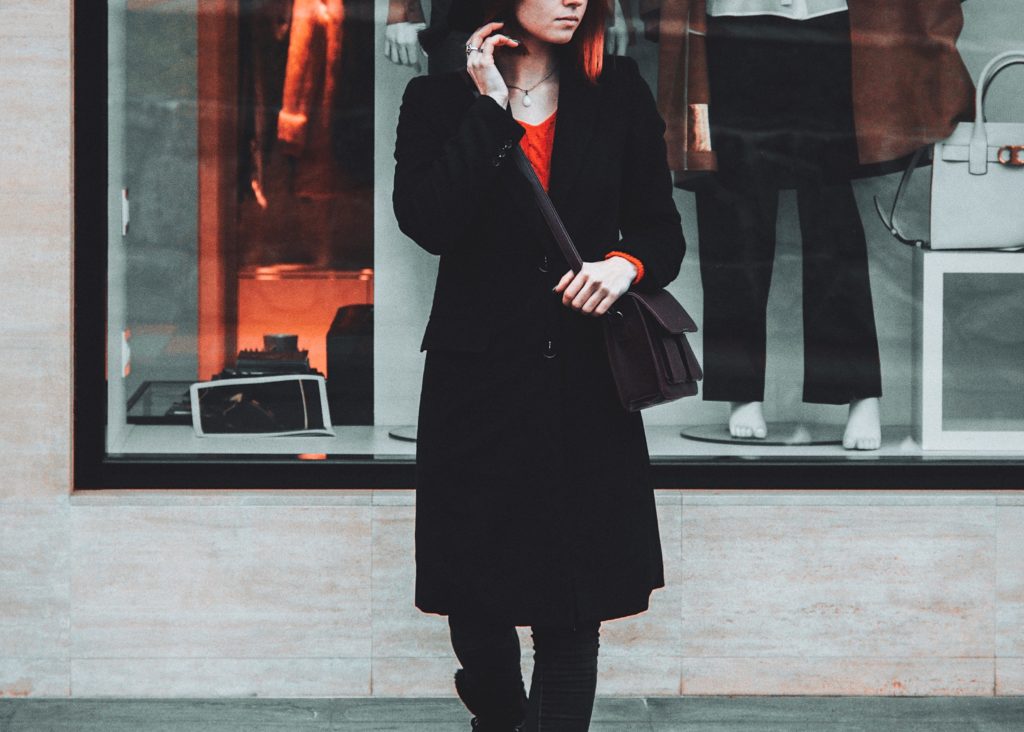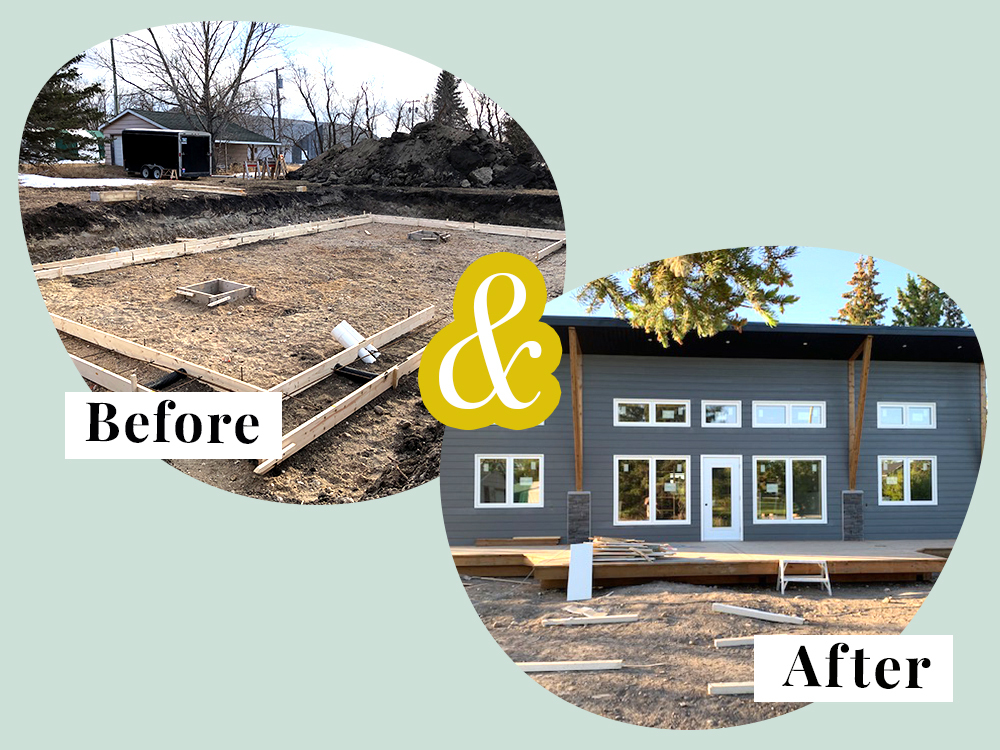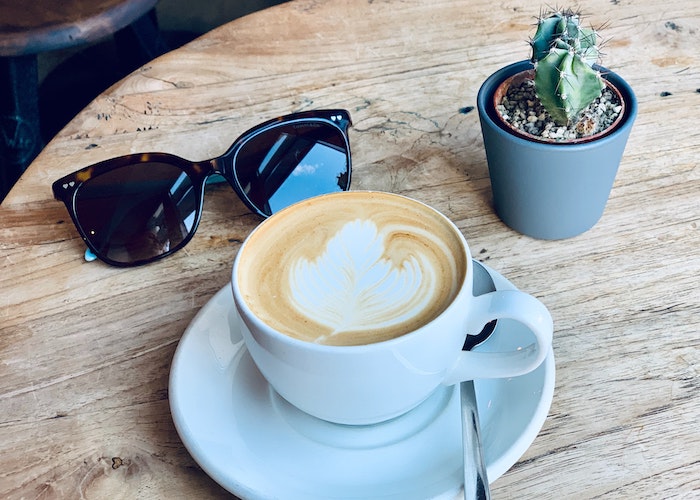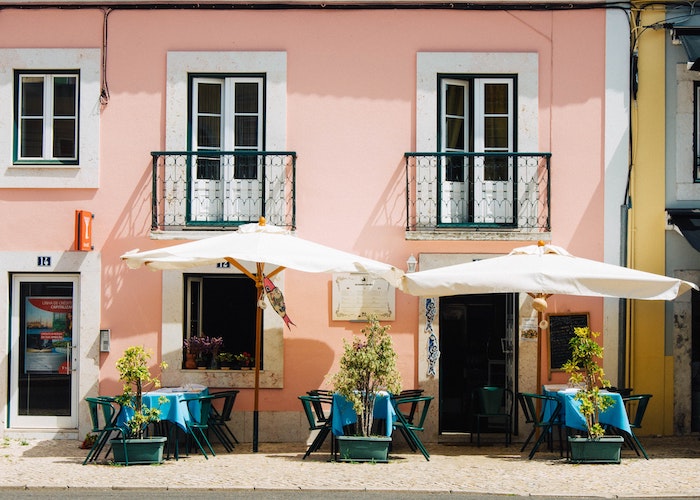The $400 One-Time Investment That Helped Me Quit Fast Fashion

For as long as I can remember, I’ve always loved clothes. As a former fashion blogger, I used to covet trends like they were gospel and made sure I was rarely tagged in the same outfit twice. On average, I bought at least one new item a week. Hitting the mall was my main hobby, and I had next-day delivery subscriptions to multiple online stores. But I was so focused on staying in style that I never stopped to think about why my clothes were so cheap and quickly available.
Why I decided to quit fast fashion
Then I started learning about the environmental impact of fast fashion — that is, cheap clothing made at a rapid pace to keep up with the latest trends — and realized the damage my shopping habit was contributing to.
The fashion industry accounts for 10 percent of global carbon emissions, according to the United Nations Environment Programme. A single pair of jeans requires around 2,000 gallons of water to make, and the equivalent of a garbage truckload of clothing is dumped onto landfill or burned every second. And that’s before you even get into the appalling conditions faced by the garment workers. Once I knew the facts, it was impossible to enjoy buying clothes in the same way. In many other areas, I was making an effort to do more for the environment, like swapping single-use plastic water bottles for a reusable one and taking the bus instead of Ubers everywhere. But all of this felt pointless unless I quit fast fashion, too.
The problem with following trends
Truthfully, I had another incentive: I was getting tired of following trends. It was exhausting trying to keep up, not to mention expensive. I realized it wasn’t making me feel particularly happy or good about myself, either. And rather than conforming to a narrow set of fashion rules, I wanted the freedom to start dressing for myself.
All of this led to my decision last year to quit fast fashion and stop buying new clothes. For a while, it worked brilliantly — I rediscovered clothes that had been lurking in the back of my wardrobe and got into the swing of second-hand shopping. But I struggled whenever I needed a specific item. After unsuccessfully scouring every vintage store I knew for a simple black dress, I started wondering: how hard would it be to make one instead?
Finding a new, environmentally sound skill
So, I decided to take matters into my own hands and sign up for a sewing course. I had virtually no sewing experience, barring a few classes in high school, and I needed to get right back to basics. I did some research online and came across a small studio offering dressmaking classes for beginners. On their website, the studio owners talked about sewing as a type of “slow fashion” — the environmentally and wallet-friendly opposite to fast fashion. It seemed like a perfect fit.
Over the course of a weekend, I went from being unable to work a sewing machine to making my own A-line skirt. Learning to sew in such a short time was intensive; the class worked for around six hours a day, with only a fifteen-minute lunch break. But by the end, I felt like I’d mastered the foundations of sewing. When I tried on the finished skirt, it fit perfectly, and knowing I had created it myself felt amazing.
From then on, I was hooked. The following week, I bought a sewing machine and some basic supplies, and I started creating pieces for my handmade wardrobe. I soon moved on from simple skirts to more intricate dresses, and now around a third of the items in my wardrobe are handmade. The machine and supplies cost $150, on top of the $250 I paid for the course — $400 in total. It felt like a lot at the time, but I knew the investment would be worth it.
The cost — and joy — of making your own clothes
I was right. Even with the price of the fabric, sewing still works out a lot cheaper than buying new clothes. A skirt that would be $30 in a store costs around half of that to make, and I always choose good-quality (and organic where possible) materials so I know my clothes will last. It’s also totally broken my habit of buying, wearing, and then discarding clothes. Sewing each item takes time, which makes me value it more than something I could have quickly picked up in a store. I also don’t care about having a cute new outfit every week anymore. I’ll happily re-wear clothes to get the maximum wear out of them — and nothing beats getting a compliment on something I’ve made.
Now I can see that the joy I used to get from shopping was short lived. Once the buzz of buying and wearing a new outfit wore off, I’d start looking for something new to have the same thrill all over again. I never realized how stressful it was traipsing around from store to store, feeling like I never had enough clothes, until I stopped. By contrast, I’ve since pared my wardrobe down to some basic tees, jumpers, and a pair of jeans that I mix and match with my handmade skirts and dresses. It may be smaller, but the satisfaction I get from it is so much more authentic (and it also makes getting dressed in the mornings a lot easier).
I quit fast fashion to reduce my carbon footprint, and in doing so have completely changed my outlook on fashion. It’s taught me the value of quality over quantity and has given me the confidence to cultivate my own, unique style. And perhaps most surprisingly of all, it’s made my love of clothes even stronger.
Rosie is a content editor and copywriter. She was born and bred in North West London, where she still lives today. When she’s not writing, she enjoys running, reading, second-hand clothes shopping, photography, and spending far too much time scrawling through Instagram. Visit her website and follow her on Twitter.
Image via Unsplash
Like this story? Follow The Financial Diet on Facebook, Instagram, and Twitter for daily tips and inspiration, and sign up for our email newsletter here.




